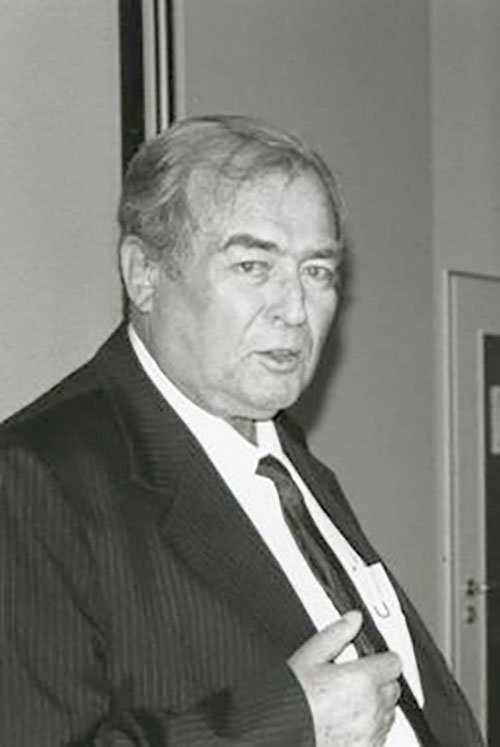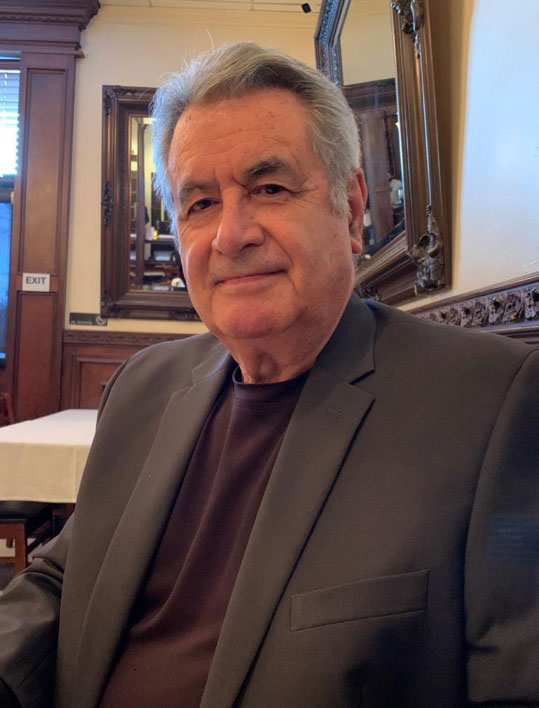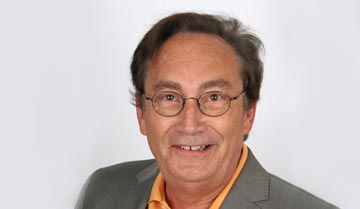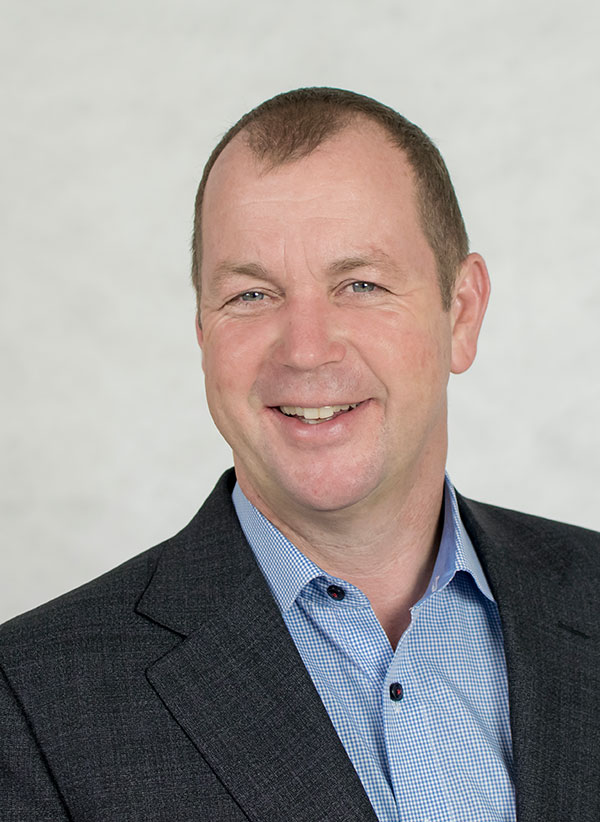
The history of enzyme therapy
At this point, MEF would like to provide an overview of the 200 years of discoveries and research in enzyme therapy necessary to bring us to the scientific level we are at today.
Enzymes were unknowingly used even back in the early days e.g. in brewing beer and producing wine. However, today we use them consciously and for specific purposes. Enzyme therapy did fall into oblivion in the course of history and therefore it took a long time for it to be accepted once it was rediscovered. Yet whatever works, wins through in the end but it requires idealistic people who dedicate their lives to their convictions. These idealists such as Prof. Max Wolf, Karl Ransbergerand Dr. med. Hellmut Münch. will also be addressed in this article.
Enzymes in early times
The indigenous peoples in Africa, Asia, Australia and America were already using the sap from the fig tree, the pulp of the papaya fruit or fresh pineapple for wound dressings in order to heal open ulcers or injuries better and faster. The healing of cancer sufferer King Hezekiah by means of a fig plaster is even reported in the Bible, in the Second Book of Kings.
Enzymes in ancient times
People in ancient times (Egyptians, Greeks, Arabs) believed in a mysterious force which could transform any substance into another, and the first chemists (derived from Greek chyme, “casting”) started to mix substances to make an elixir that yielded this transformation (e.g. milk into cheese, barley into beer or dough into bread).
First important discoveries
French natural scientist René Réamur (1683 – 1757) proved with the help of the Italian priest Lazzaro Spallanzani that a predatory bird’s food is not, as was previously believed, mechanically ground in the stomach but is decomposed through a substance in the gastric juices. A perforated metal capsule with meat content was fed to the predatory bird. As the bird regurgitated the capsule, it was empty. In a subsequent experiment, a sponge was added to the metal capsule to extract the bird’s gastric juice. The gastric juice was trickled onto meat and this decomposed.
In 1836, German scientist Theodor Schwann gave the name “pepsin” to the substance in the gastric juices that quite easily split and dissolved proteins. In 1837, Swedish chemist Jöns Jacob Berzelius first considered a theory that this substance and/or substances were biocatalysts
metabolic catalysts.
First therapeutic experiments
Jean Senebier (1742 – 1809) spread animal gastric juice on the poorly healing wounds and open leg ulcers of his patients and achieved success with this approach
the proliferous tissue was dissolved and the healing process could start.
Naming
Louis Pasteur differentiated between biocatalysts which act within the cell (ferments fermentation) and those acting outside the cell. In 1878, Willy Kühne gave the name “enzyme” to the biocatalysts acting outside the cell. The confusion regarding the name “ferments” / “enzymes” was officially ended in 1897, and since then all biocatalysts have been referred to as “enzymes”.
BTreatment of cancer patients
Around 1900, Scottish physician John Beard achieved success in the treatment of cancer patients by applying aqueous extract from the fresh pancreas of piglets and lambs. Colleagues repeated this with prepared pancreas extracts and were unable to prove any effect. Consequently, therapy with enzymes was forgotten. At that time it was not yet known that enzymes stored over a longer period lose their activity.
Enzyme therapy was only rediscovered around 1930 by scientists Ernst Freund and Gisa Kaminer in Vienna. They observed how cancer cells kept in vitro (in a test tube) dissolved if the serum of healthy blood donors was added to their culture medium. In contrast, the serum of cancer patients was oncocytolytically inactive. This resulted in the so-called “Freund-Kaminer reaction”: the observed process is attributable to an inhibitor in the blood of cancer patients or respectively to a substance in the blood of healthy persons (so-called “normal substance”) which dissolves the inhibitor.
BIG FIVE
For almost 70 years, proteolytic enzymes have been helping with inflammatory diseases. In Germany alone, over 2 million people a year are successfully treated with enzymes, often have less pain, stay fitter and in the best case also live significantly longer. Enzyme therapy is also a scientifically recognized part of complementary medicine, which has been researched and developed further by the MEF e.V. for years.
But behind every success, every therapy, there are always courageous people who have researched the basics, developed corresponding products and made them known. In the MEF there are five names that have ensured that millions of people worldwide have benefited from this therapy.
Here they are, the BIG FIVE of enzyme therapy:
Prof. Dr. Max Wolf (1885 - 1976)

was considered a universal genius of medicine in the 50s of the last century (7 doctor degrees). In America, he founded the Biological Research Institute in New York and received a government mandate from the President of America to research and defeat cancer. Within a very short time he discovered the enzyme group of hydrolases and treated cancer patients with proteolytic enzymes (bromelain, papain, trypsin, chymotrypsin) in a revolutionary and very successful way. Together with his colleague and cell culture biologist Helen Benitez and his foster son Dr. Karl Ransberger he developed the first enzyme mixtures in dragee form. From this the famous WOBE (Wolf-Benitez) products developed.
1976
Death of Max Wolf † and transfer of the scientific heritage to Karl Ransberger.
Dr. Karl Ransberger (1931 - 2001)

continued the scientific legacy of enzyme research, first in the USA and then in Germany. As the later owner of Mucos Pharma GmbH, he founded the MEF (Medizinische Enzymforschungsgesellschaft) in 1967 with the clear objective of conducting further research and studies on enzyme therapy. Ransberger was the first to further develop new products, have them industrially manufactured and make them available to millions of people at a fair price. As CEO (managing director) of Mucos Pharma, he was very interested in the further development of indication areas for enzyme therapy and had over 200 studies conducted at the MEF in the 1990s, some of which provided impressive evidence of the effectiveness of proteolytic enzymes in inflammatory diseases.
In 1987, the collaboration with his foster son Dr. Hellmut Münch began.
2001
Death of Karl Ransberger † and transfer of the scientific heritage to Hellmut Münch.
Dr. med. Raul Ahumada

got to know Ransberger during the time of Prof. Wolf in America. As a dermatologist he already used enzyme mixtures very successfully in skin diseases and skin cancer.
An impressive achievement, since standard therapies such as surgery and chemo-radiation were still largely unknown at that time. Ahumada became very well known with his dermatology practice, in Mexico Tijuana, which he still runs today, and counts as an expert in severe dermatological diseases.
He also recognized early on the importance of the fat-soluble vitamins A, D, E and convinced Ransberger to include them in the MEF portfolio. Ahumada introduced the vitamin A and E mulsin to Mexico and still today some of his studies are considered groundbreaking, which prove the effectiveness of these vitamins. Some of his patents on vitamin A and improvements for skin inflammation have been incorporated into cosmetic products worldwide.
Dr. Ahumada is still an active member of the MEF today and actively supports the "young generation" with advice and assistance.
Dr. med. Rudolf Inderst (1951)

is considered a specialist in chronic degenerative inflammation and was recruited by Ransberger in 1984 to join Mucos Pharma and MEF as Medical Director. He has initiated a large number of publications and also initial product developments. In 1991 he developed the second generation of effective enzyme preparations with Ransberger and Münch, including the later very successful Phlogenzym.
Dr. med. Hellmut Münch (1965)

is a resident physician in Chiemgau/Bavaria with focus on immunology. Since 2001, Münch is head of the Medical Enzyme Research Society (MEF e.V.) and guest lecturer for Immunology at different universities. Also as author of different books, he has successfully expanded the spectrum concerning enzyme therapy and immune system. Münch is mainly responsible for the development of the 3rd generation enzyme preparations in combination with micronutrients (e.g. innovazym®). With an innovative enzyme therapy and immune system development concept he works and lectures at numerous interfaces of naturopathy according to the guiding principle: "conventional medicine as much as necessary, combined with naturopathy as much as possible.